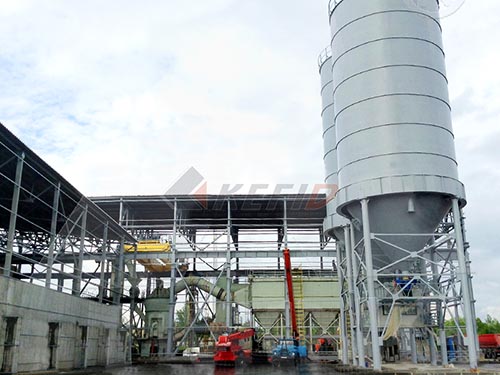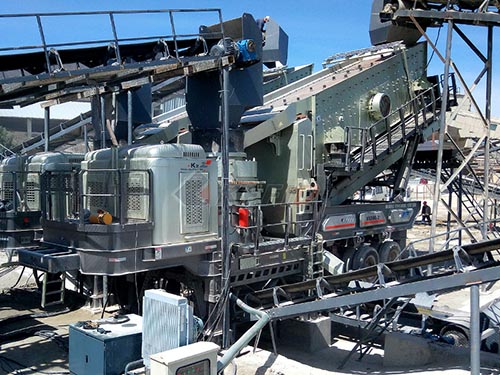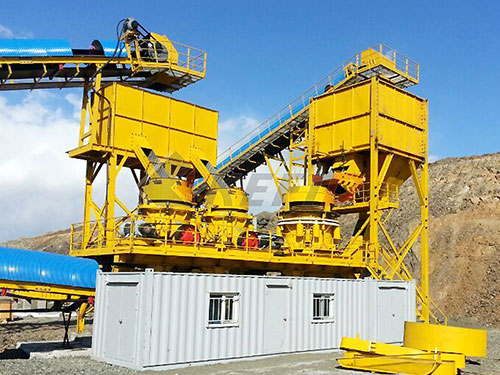Ms30 Aggregate Crush: The Backbone of Robust Concrete Construction
Within the intricate world of concrete production, aggregates form the essential skeleton – providing volume, stability, and strength. Among the diverse range of coarse aggregates specified globally, Ms30 Aggregate Crush holds a position of critical importance for demanding structural applications in regions adhering to British Standards (BS). Understanding its characteristics and role is fundamental for engineers and contractors aiming for durable and high-performance concrete.

Defining Ms30 Aggregate Crush
The designation “Ms30” provides key information:
M: Stands for Coarse Aggregate (as opposed to ‘F’ for Fine Aggregate).
s: Signifies the material is Single-sized, meaning the particles predominantly fall within a specific narrow range.
30: Denotes the nominal maximum particle size is 30 millimetres.

“Crusher Run” or simply “Crush” indicates the material originates from mechanically crushing larger rocks (quarry stone) rather than being naturally occurring gravel. This process yields angular particles crucial for optimal interlock within the concrete matrix.
Characteristics & Grading
Ms30 Aggregate Crush conforms strictly to defined grading limits outlined in standards like BS 882 (Specification for aggregates from natural sources for concrete). A typical single-sized Ms30 gradation ensures:
Predominant Size: The vast majority of particles pass through a 37.5mm sieve but are retained on a 20mm sieve.
Limited Fines: Only a small percentage (<10-15%) of finer material passing smaller sieves (e.g., 10mm or 5mm) is present.
Angularity: Crushed particles possess sharp edges and irregular shapes compared to rounded gravel.
Cleanliness: Strict limits on deleterious materials like clay lumps, silt, organic matter, and lightweight particles ensure soundness.
Why Choose Ms30 Aggregate Crush?
This specific aggregate offers distinct advantages:
1. Optimized Workability & Pumpability: The single-sized nature reduces particle interference compared to graded aggregates (like Type 1). This allows easier mixing placement without excessive water demand and facilitates pumping over longer distances – vital for large pours or complex structures.
2. Enhanced Strength & Interlock: Angular crushed particles create superior mechanical interlocking within the concrete paste compared to rounded gravel aggregates ("Gravel"). This significantly contributes to higher compressive strength and shear resistance in hardened concrete.
3. Reduced Segregation Risk: The

Leave a Reply